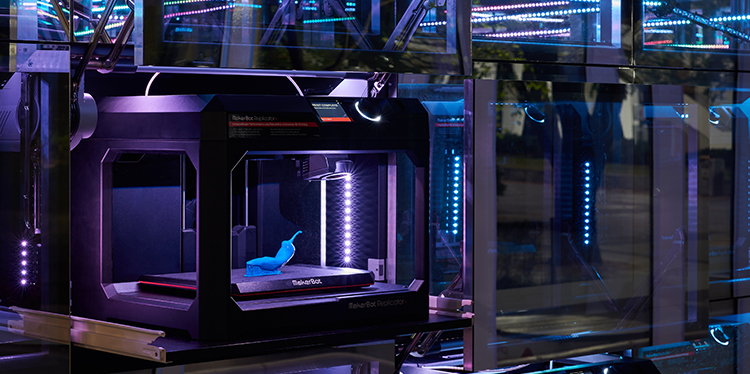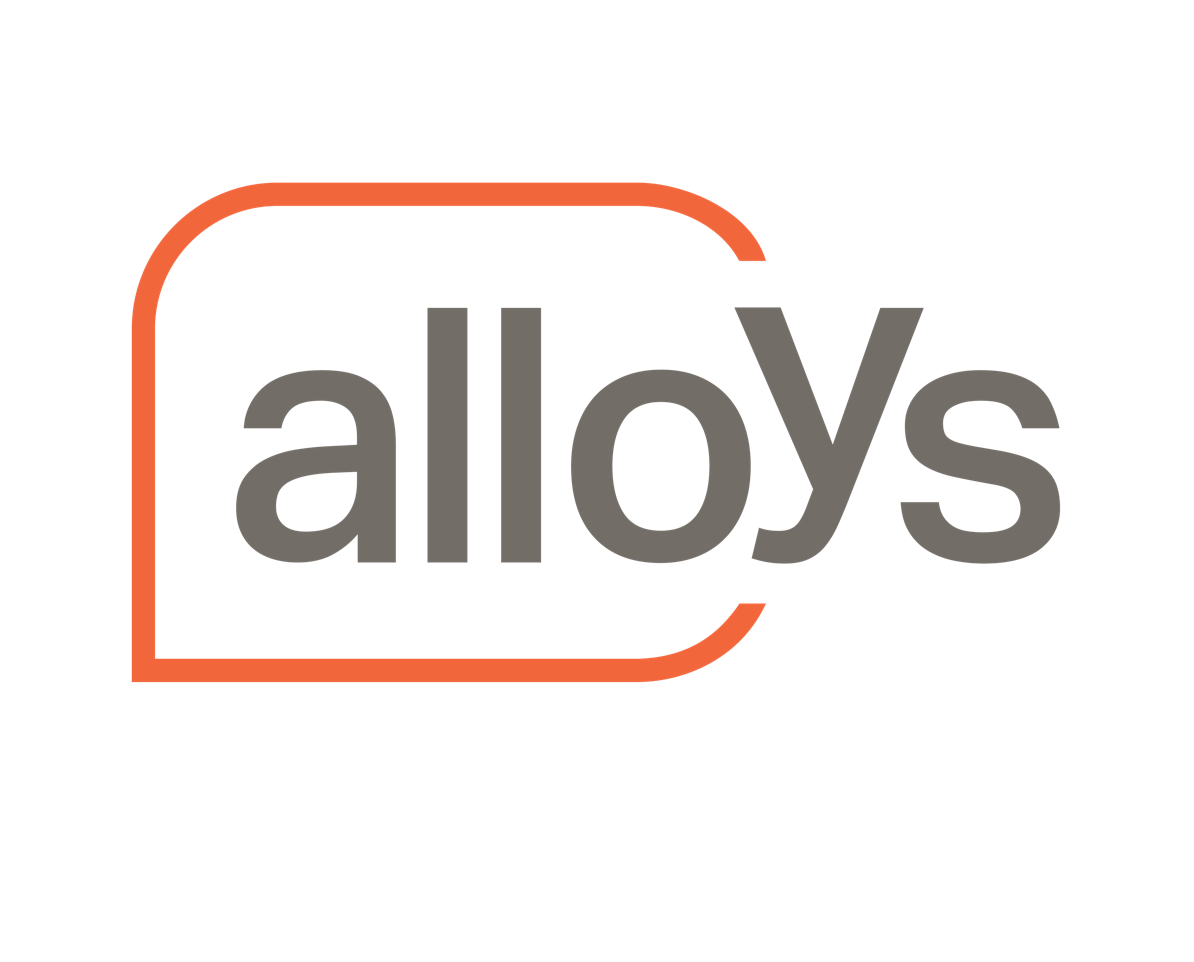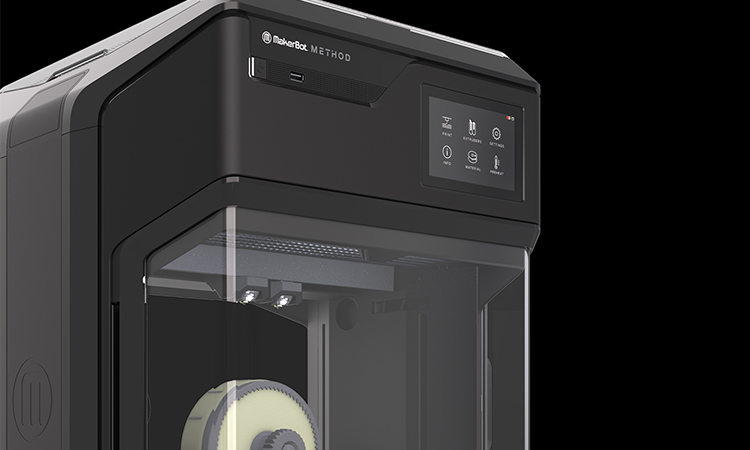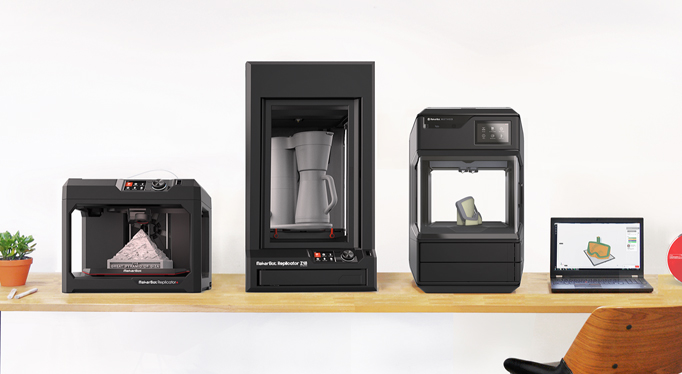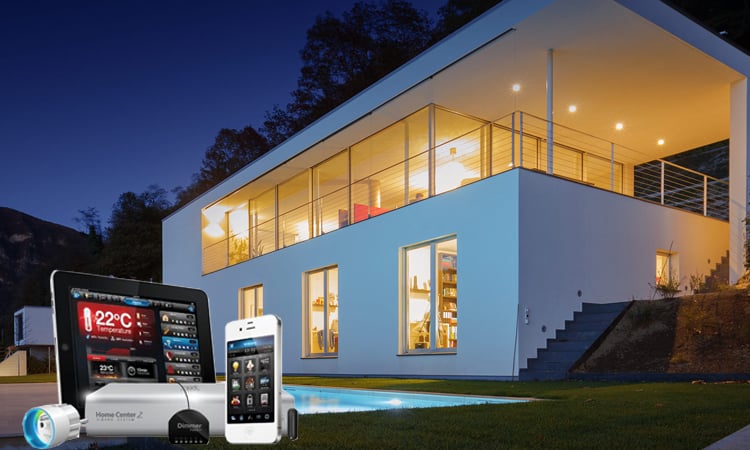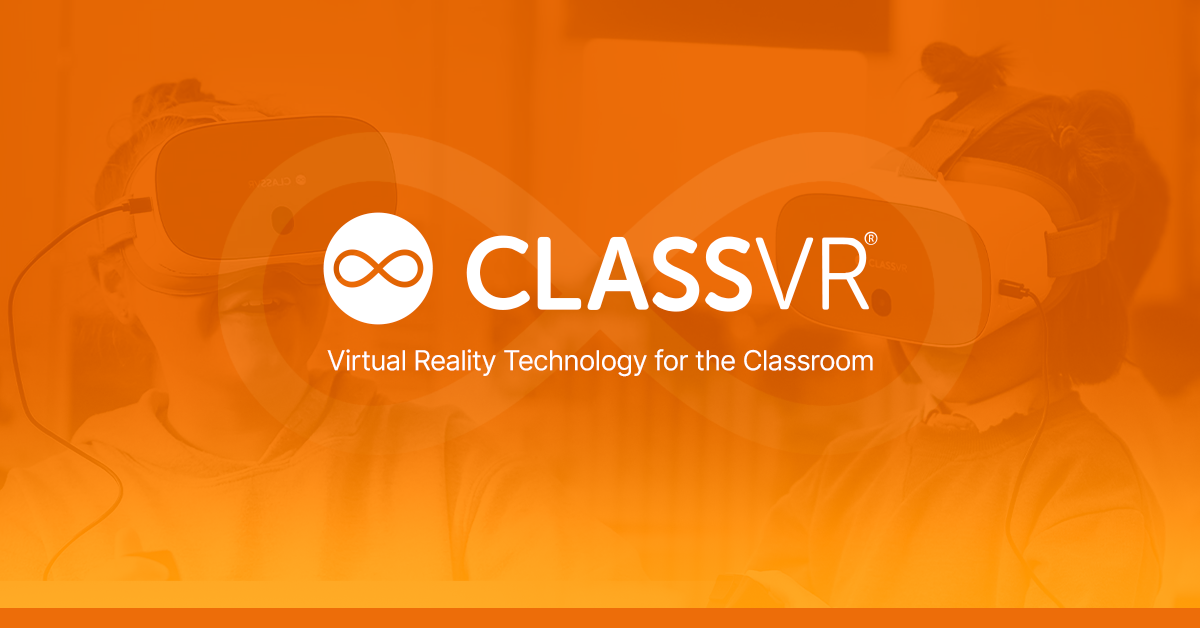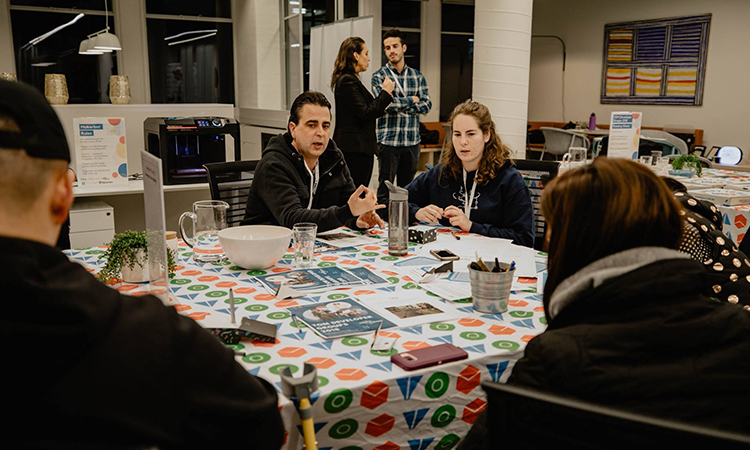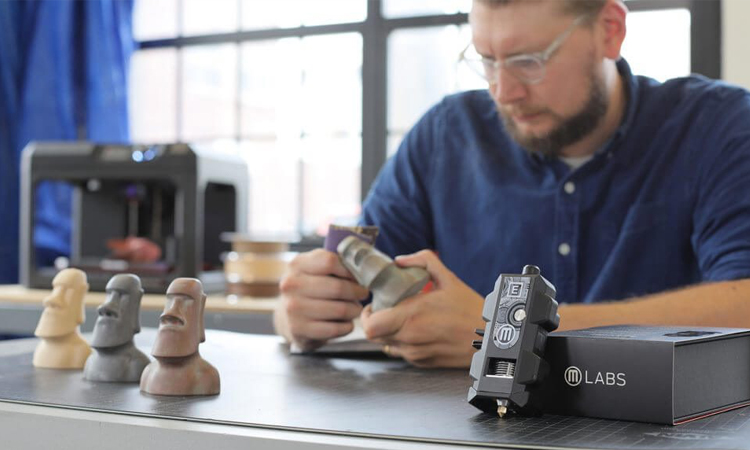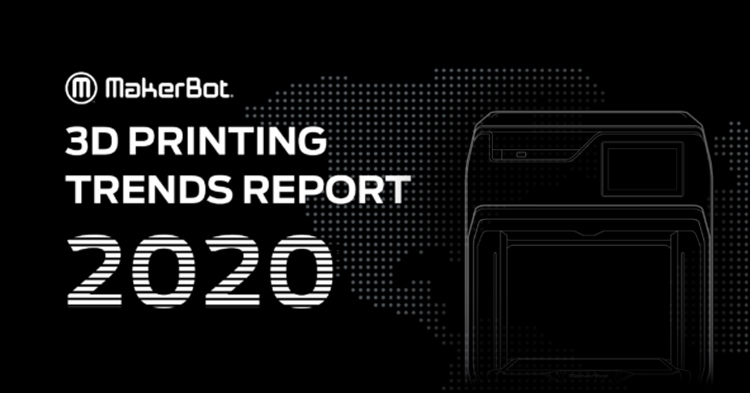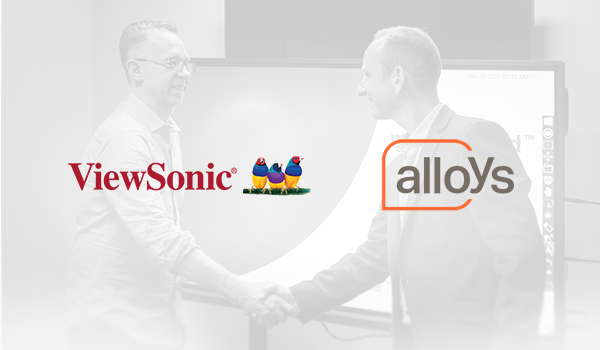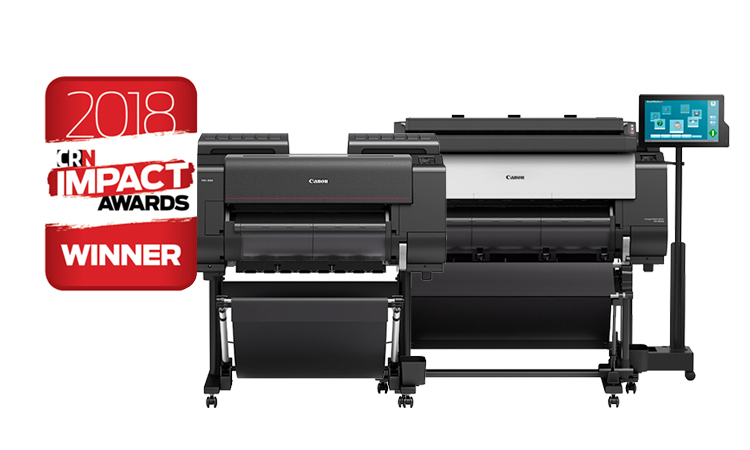Learn how the Melbourne School of Design uses the MakerBot Innovation Center to put students at the leading edge of design and democratize design technologies.
Innovation and freedom go hand in hand at the Melbourne School of Design. Located in the University of Melbourne, this school creates a culture and community where students actively engage in their design and built environment studies with cutting-edge technologies. Through this process, students can acquire the skills and knowledge needed to influence tomorrow’s world.

The New Experimental Technology Lab (NExT Lab) is the culmination of the school’s philosophy on design and technology. Founded on the belief “that designers will play a key role in shaping our future - harnessing, hacking, and inventing technology,” the lab is a makerspace that provides hands - on access to an array of disruptive design-focused technologies. With everything from virtual reality, augmented reality, 3D scanning and 3D printing all in one building, it allows students and the public to explore design in all realms. It also provides support, training, and education to help anyone integrate these technologies into their projects.
Built to be accessible, unexpected, and intriguing, the architecture and location of the lab itself perfectly aligns with this goal. Near a bustling coffee shop in the middle of the university’s main campus, it is housed in a gleaming glass building by design. Onlookers can see directly inside, step in to learn more, and marvel at the large mirrored cube in part of the space.
In order to create a sophisticated makerspace, the Melbourne School of Design needed an accessible large-scale technology that could serve as the foundation. Inside the lab’s mysterious, floor-to-ceiling cube you will find a MakerBot Innovation Center.
The Challenge: Providing Access to Tomorrow’s Design Tools

Relatively new technologies, like 3D printing and CAD software, have come to drive innovations across a wide range of design-related industries. In everything from architecture and urban planning to construction and industrial design, these technologies do not just offer critical advantages; they are becoming the standard tools of the trade. The sooner students can engage with them, the better off they will be in terms of preparing for future careers. By regularly using these technologies with access to expert staff, students can both develop necessary new skills and produce radical new work that might otherwise be impossible.
From an institutional perspective, the Melbourne School of Design must also continue to attract bright, new students, retain top faculty, and spur exciting collaborations with startups or other outside businesses. Through this trifecta, it can prepare students for the future and drive success in the larger community.
The Solution: The Innovation Center Streamlines Access to 3D Printing at Scale
In terms of 3D printing, the school had to find a solution that could provide widespread access to new students, graduate students, and the public while being reliable and easy-to-use. After rigorously testing other 3D printers, the Melbourne School of Design picked the MakerBot Innovation Center. It provides that access, easy integration, and a clear, simple 3D printing process that new students can quickly learn. “MakerBot was chosen because of the reliability and capability of the hardware as well as the seamless integration of the whole ecosystem – hardware, software and support,” according to Jas Johnston, Fabrication, Innovation and Technology Manager at the school. “There were no other 3D printer brands that could provide all elements of this ecosystem.”
With everything in the 3D printing process connected in a single ecosystem, the school can create a “seamless and easy process which is vital for users that are new to 3D printing.” Simple, easy, reliable 3D printing is also essential at scale, as seemingly small issues can compound and impact overall productivity. Beyond these reasons, the school also found that MakerBot 3D printers performed best when given a demanding test print.
These benefits and ready access to on-site support from Alloys, a local distributor, proved to be key differentiators for the Melbourne School of Design. With the help of Alloys, all 32 MakerBot 3D printers were set up and running in a day.

The Outcome: Early Exposure to 3D Printing, Massive Productivity, and Commercial Collaborations
With a robust solution like the MakerBot Innovation Center, the NExT Lab has dramatically improved student access to 3D printing and encouraged collaborations with businesses. For example, undergraduate architecture and design students print pavilions made from experimental construction methods; masters level students create scale 3D models of their designs; and local architectural firms sometimes print client presentation models. In terms of sheer numbers, in 2018, the MakerBot Innovation Centre, was able to help 2,600 students and complete over 5,500 jobs, representing over 36,000 hours of print time.
As a result of this large scale access, students more frequently print designs or prototypes, test them, and make improvements. That design-test-iterate process helps students fundamentally understand how their designs are made versus examining them in CAD software. Cultivating this understanding is crucial for first year students. In other schools, exposure to 3D printing might not happen until post-graduate studies. At the Melbourne School of Design, students have access to 3D printing in their first year through coursework or their own projects.
The MakerBot Innovation Center has also sparked collaborations with students from other majors in the school and startups, such as guest lectures. The NExT Lab staff are key to supporting these collaborations. They are experts at integrating the lab’s technologies into design projects. They often explain the equipment with new students or the public and teach both introductory and advanced sessions. By offering open access to disruptive new technologies and expert staff, the NExT Lab can build greater excitement, encourage more collaboration, and make learning less intimidating.
With more freedom to explore and engage comes greater Innovations
With the MakerBot Innovation Center, the NExT Lab has unlocked new possibilities for students and generated greater opportunities for the Melbourne School of Design. It is close to the ideal of what a makerspace should be. Students, faculty, and the public can come together to explore, engage, and innovate far beyond what was ever possible before.

